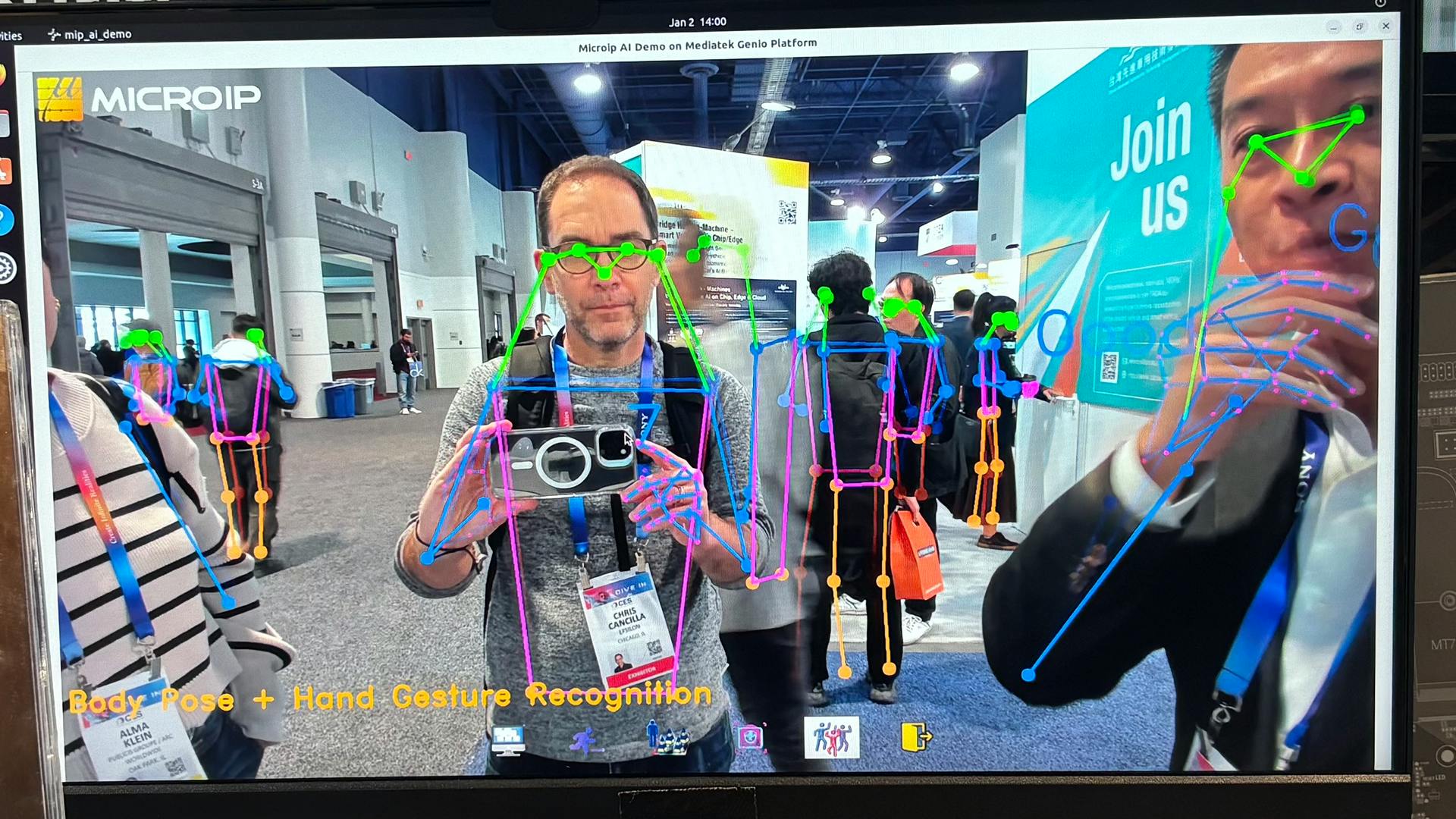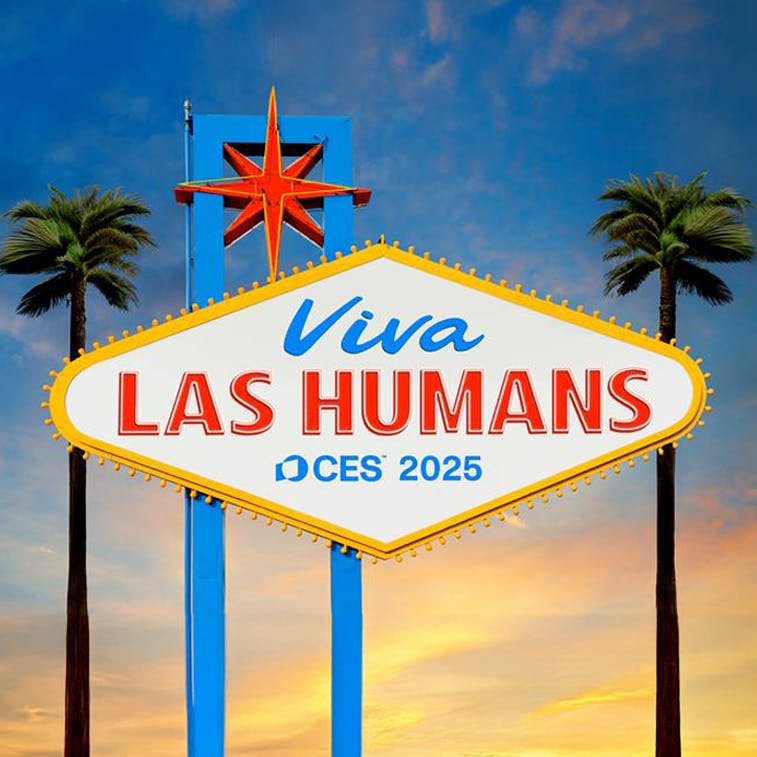As marketers, we’ve been living with the hype of AI for years now. We’re amazed by its potential. Ready for it to take away our busy work. And hopeful that it will truly accelerate our thinking and improve the brand experiences we create. Turns out the human promise of AI is finally here.
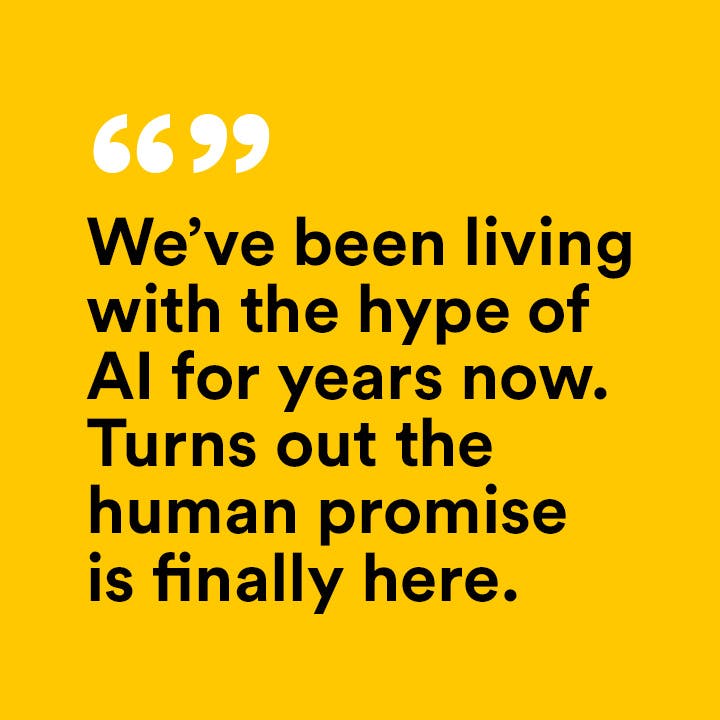
Last week was the annual CES show. And amidst all the smart toilets, flying cars (no joke), and robot vacuums that pick up your socks, was a critical turning point for AI. “We’ve gone from wow to now” was the thread of nearly every keynote presentation, panel discussion, and showroom floor demonstration. Because AI capabilities are finally coming to life in ways that are improving our daily living, working, and shopping.
How so? Here are five ways to think about using AI in service of enhancing the human experience – for our customers and ourselves.
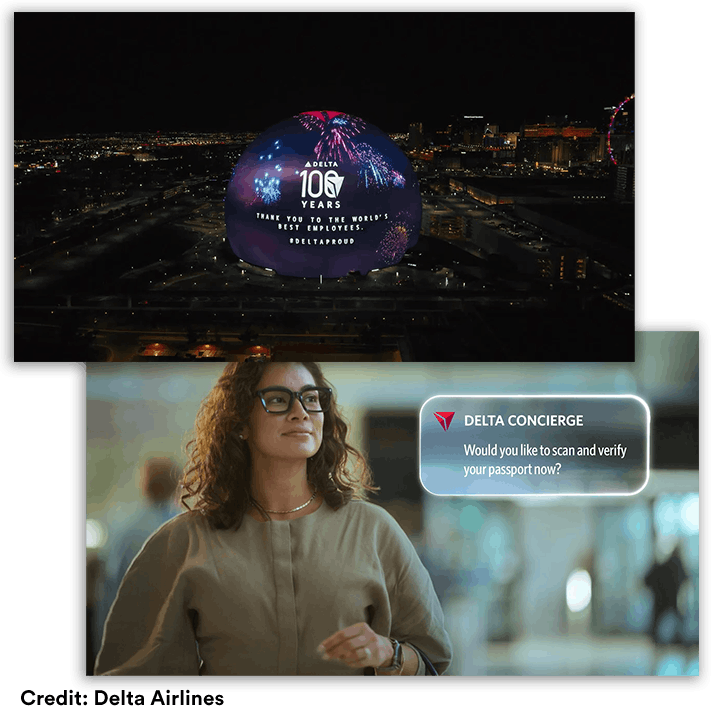
Start with purpose and people.
The most compelling uses of AI on display were all born from clarity of purpose. When brands clearly understand the role they play in people’s lives, and the problems their customers are facing every day, it leads to solutions that go beyond “tech for tech’s sake.” Or as Spike Huang, VP of Products at HP, put it: “It’s easy to fall in love with an answer. Better to fall in love with a problem.”
Delta Airlines understands this in a big way. So big they took over The Sphere to celebrate their 100th birthday and lay out a vision for the future of air travel. With an ongoing purpose to bring people together, they’ve focused their AI efforts on removing any barrier to that vision. This includes the launch of Delta Concierge, a generative AI assistant built into the Delta app and designed to use personal data to make the flying experience more delightful. From knowing your preferences, to reminding you to renew your passport, to recommending the best route to the airport (including a new air taxi partnership with Joby), Delta is anticipating every need before you ever have to ask.
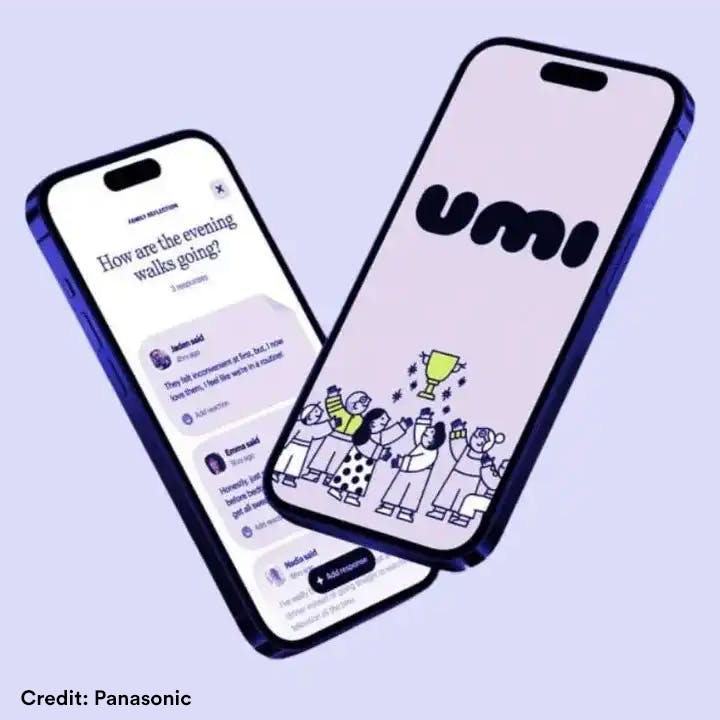
We’re in the era of anticipation.
Delta is a perfect example of a critical point CNET Editor Brian Cooley made at his Publicis keynote. We all want technology to help us get things done, but we don’t want to notice it. Which means we are willing to give up personal data for brand experiences that anticipate our needs and provide solutions — ultimately building deeper trust and loyalty.
Panasonic gets this concept beautifully. They chose CES to unveil Umi, a family well-being coach set for launch later this year. Seeing the daily stress and challenges today’s parents are facing, and the toll it takes on their mental health, Panasonic designed Umi to be a personal AI assistant to help parents improve the overall quality of their family life — including healthier eating, more active lifestyles, better quality time, and caring for elderly parents. The more Umi gets to know your family’s specific needs, the better and more anticipatory the recommendations. It’s an empathetic approach from Panasonic to deepen their customer relationships far beyond transactions.

Be an enabler of more human moments.
We frequently worry that AI and emerging tech are taking people out of the equation. But some of the most inspiring solutions on display at CES actually enabled better human interactions. Home improvement center Lowe’s is doing this brilliantly with the creation of Lowe’s Style Studio — an Apple Vision Pro VR experience that helps shoppers envision their future kitchens. But rather than it being a self-guided, at-home activity, Lowe’s chose to bring it in-store as a collaboration between the shopper and associate. They even used the consumer experience to train their staff.
But it goes beyond shopping. A panel of CEOs from the American Heart Association, American Cancer Society, and the Alzheimer’s Association shared how AI is enhancing the patient experience. AI’s ability to rapidly analyze and synthesis data, identify high-risk patients earlier, and quickly define a course for treatment allows professionals to focus on bringing more attention, empathy, and humanity to their patients. It’s a meaningful shift in a highly emotional space.
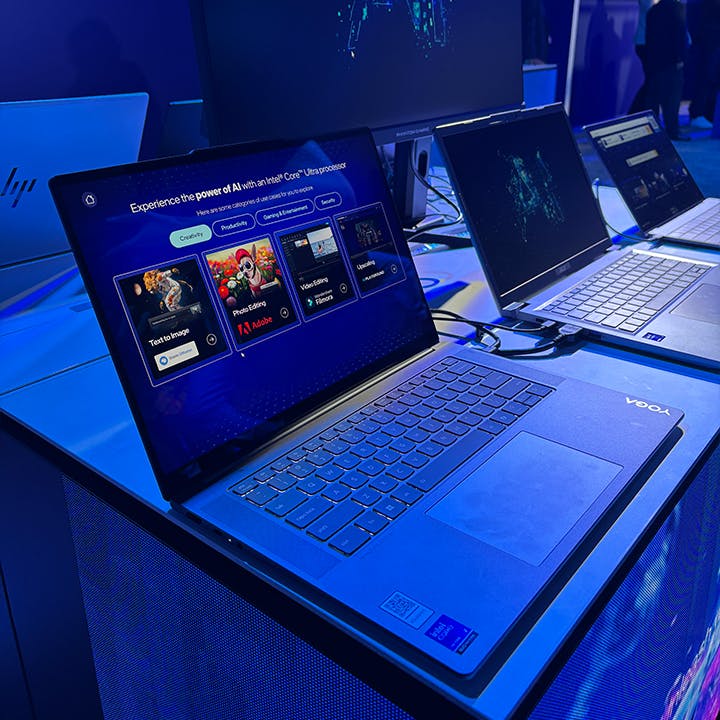
AI lets us focus on the good stuff.
We’ve all read that AI promises to take away the drudgery of our work so that we can focus on more strategic and creative thinking. But until now, it’s felt vague. At an Intel CES showcase, things got way more tangible. Intel’s new Core Ultra Series processors enable PCs to more effectively run Microsoft Copilot — the AI-powered chat service that helps users be more productive. Imagine needing to create a new presentation derived from content of three previous presentations. With a simple text prompt, Copilot analyzed all three and created an initial draft in minutes. As Intel AI Software Engineer Ajay Mangara put it: “The new programming language is English, not python.”
Creatively, every marketer is faced with the challenge of scaling campaigns to fill more touchpoints than ever before. Fortunately, ever-evolving generative AI tools are helping us re-write the creative playbook. At CES, Adobe touted the upcoming full release of its Firefly Video Model and Canva teased April announcements that will empower full corporations (sales, HR, accounting, everyone!) to be more creative. While these are useful accelerators to the creative process, when it comes to original ideation and authenticity brands were adamant about the critical need for a human touch.

Create a spirit of experimentation.
So how do you go from “wow to now?” With AI tools being more accessible than ever before, there’s no excuse for not diving in and playing. Creating a spirit of experimentation in your organization will help de-mystify the process and minimize any fear. And it's this spirit that leads to unexpected outcomes. Like adding a generative AI feature to the new Amazon Fire TVs. Because who doesn’t want original masterpieces like these adorning their walls?
NOTE: This article was written with minimal AI assistance. Viva las humans!
